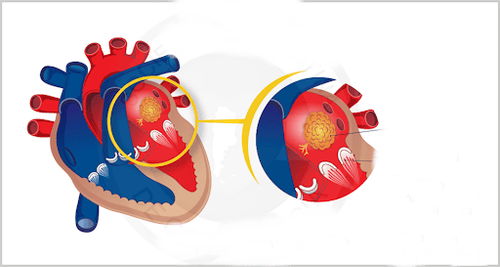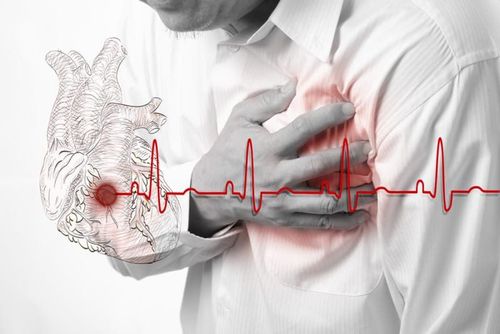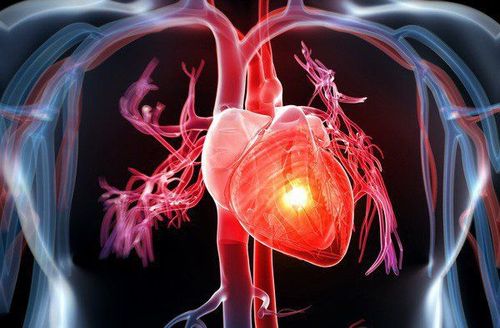This is an automatically translated article.
The article was professionally consulted with Specialist Doctor II Nguyen Quoc Viet - Interventional Cardiologist - Department of Medical Examination & Internal Medicine - Vinmec Danang International General Hospital.Heart failure is the result of structural and functional disorders of the heart, leading to impaired filling or ejection function of the ventricles. Early diagnosis of heart failure and identification of the cause are very important in guiding care and treatment. So, does cardiac magnetic resonance imaging help in diagnosing heart failure?
1. Paraclinical techniques to support the diagnosis of heart failure
There are many different causes of failure such as: ischemic heart disease, hypertension, valvular diseases, primary cardiomyopathy, myocarditis, infiltrative cardiomyopathy , pericardial disease... Determining the right cause of the disease will help doctors orient the right treatment, help patients improve their health effectively, and avoid heart failure becoming worse.
Non-invasive laboratory techniques play a very important role in the diagnosis, prognosis and monitoring of heart failure. Imaging techniques should provide the physician with information about:
Left ventricular ejection fraction preserved or impaired; The structure of the left ventricle on imaging remains normal or abnormal; Whether or not there are abnormalities in the heart valve, in the pericardium, in the right ventricle... corresponding to the patient's clinical situation or not. Echocardiography is the most commonly used means, which can basically answer the above questions. However, echocardiography has certain limitations in the diagnosis of heart failure such as: echocardiography relies heavily on the ultrasound window, using assumptions about the morphology of the left ventricle to quantify the function of the whole. In the left ventricular system, echocardiography provides very limited information on the characteristics of myocardial tissues. Cardiovascular Magnetic Resonance (CMR), also known as cardiac MRI, is an imaging technique that is increasingly being used for patients with heart failure. Cardiac magnetic resonance imaging can provide all of the above requirements in the imaging results of a single survey. Therefore, this method is a potential imaging technique in the diagnosis of heart failure.
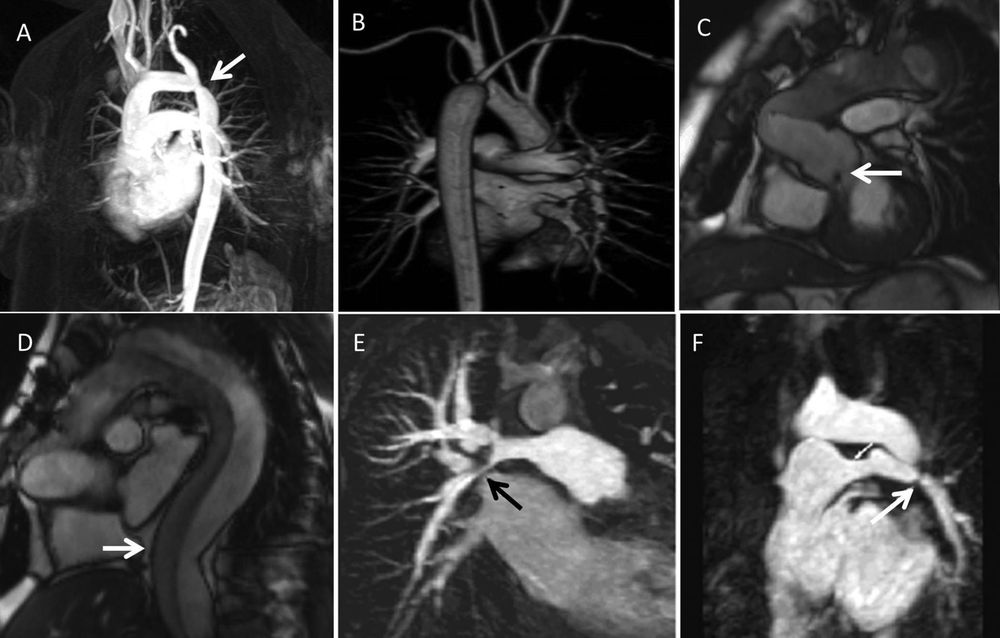
2. Application of cardiac magnetic resonance imaging technique in diagnosing heart failure
Cardiac magnetic resonance imaging is highly accurate and reproducible. Measurement parameters on cardiac MRI results are ideal for monitoring heart failure progression, risk stratification, orientation and evaluation of treatment effectiveness, contributing to helping doctors achieve prognosis for patients.Cardiac magnetic resonance imaging can provide important information about heart failure through imaging such as:
Degree of dysfunction in a specific or total area, left ventricular dilatation and hypertrophy and right ventricle; The underlying disease that causes heart failure and the modifiable components of the course of heart failure. Unlike echocardiography, cardiac magnetic resonance imaging can examine any cross-section of the heart with virtually unrestricted imaging. This allows the most flexible assessment of abnormal cardiac and extracardiac structures.
Cardiac magnetic resonance imaging can evaluate the volume, muscle mass, function of the region and the entire 2 ventricles with real shape without having to assume as with echocardiographic techniques. This method is applicable to all ventricular morphologies and sizes, including in extensive ventricular remodeling.
The parameters of volume, muscle mass, and ventricular function on cardiac magnetic resonance imaging have very high accuracy and repeatability. With its 3D nature, cardiac MRI is very suitable for surveying the right ventricle with its complex and variable morphological characteristics, which are difficult to evaluate on echocardiographic results. Magnetic resonance imaging has the ability to distinguish very well the boundary between blood in the ventricular chambers and the ventricular wall, helping to detect regional motor abnormalities even though small and difficult to see. At the same time, cardiac MRI can also evaluate valve structure, but in terms of valve morphology, echocardiography can evaluate better.
To detect fibrosis as well as myocardial scarring on magnetic resonance imaging, a contrast agent (gadolinium - chelate) can be used intravenously. As gadolinium is increased in fibrous or scarred areas of myocardium, the clearance of contrast agent from gadolinium in these areas tends to be abnormally prolonged compared with that in normal myocardium because of the functional capillary density. normal capacity has decreased.
This technique expands the capabilities of cardiac magnetic resonance imaging in the diagnosis of heart failure, helps to distinguish heart failure from myocardial infarction or from non-ischemic causes, and helps assess survival. of the myocardium after myocardial infarction.
In addition, the exercise technique with adenosine vasodilator, which helps the physician to detect ischemic myocardium, is also performed with contrast agent from gadolinium. Adenosine in the study of perfusion stress will cause coronary vasodilation, increasing coronary flow by 3-5 times, thereby helping doctors recognize that the myocardial area distributed by narrow coronary arteries will have reduced perfusion, corresponding to the area. reduced contrast (darker image) when compared to neighboring normal areas.
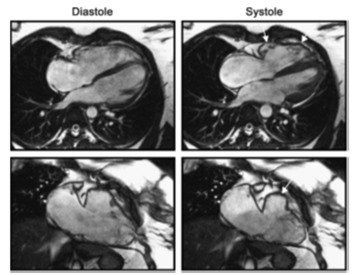
In clinical practice, nearly 50% of heart failure has left ventricular ejection fraction still preserved, cardiac magnetic resonance imaging can assess left ventricular diastolic function, allowing quantitative survey of cardiac function. regional expansion, deformation and strain of the myocardium were investigated. However, the technique of assessing diastolic function in cardiac magnetic resonance imaging is complicated and time-consuming and has not been widely used in clinical practice. Therefore, echocardiography remains a fairly standard method of examining diastolic function.
3. Safety of cardiac magnetic resonance imaging technique
Patients who are using magnetically implanted devices such as pacemakers, ICDs, etc., are not allowed to have cardiac MRI except for MRI-compatible machines. Instruments used in neurosurgery such as clips at risk sites (eg, in the eye, etc.) are still problematic when conducting cardiac magnetic resonance imaging.Most metal implants are quite safe in the magnetic field during cardiac magnetic resonance imaging, including most artificial heart valves, vascular stents, coronary stents, orthopedic devices... However, to be more certain about the safety of metal implants in magnetic fields, before ordering cardiac MRI, doctors need to check the information of the manufacturer of these metal devices.
For cardiac MRI using contrast agents, it should be noted that the drug can cause systemic fibrosis in patients with severe renal impairment (GFR <30 ml/min/1.73 m2). The highest risk group for contrast-enhanced cardiac MRI are patients on dialysis. In summary, gadolinium-enhanced cardiac magnetic resonance imaging should be avoided in patients with a GFR <30 ml/min/1.73 m2 or, if taken, the patient must undergo dialysis immediately.
Thus, the above article has helped readers better understand the application of cardiovascular magnetic resonance in diagnosing heart failure. Currently, not many medical units meet the conditions of doctors and facilities to perform this technique.
Vinmec International General Hospital is the leading unit in the application of cardiovascular magnetic resonance in diagnosing heart failure. The hospital owns a team of leading medical doctors, highly qualified, dedicated to patients. Modern, 5-star facilities help patients feel comfortable. Spacious examination space, international standards.
Please dial HOTLINE for more information or register for an appointment HERE. Download MyVinmec app to make appointments faster and to manage your bookings easily.






